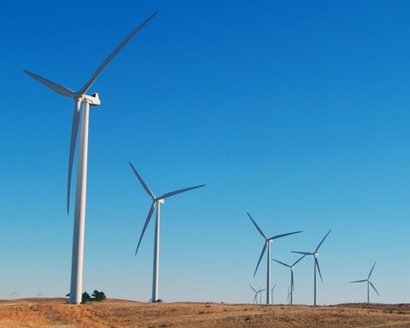
The report offers insights to electricity providers, state legislators, and regulators as they develop electrification strategies, advocating for a comprehensive approach that includes electric vehicle (EV) charging infrastructure investment, renewable energy additions, and transmission expansion.
Electrification could increase electricity load growth by up to 38 percent nationwide by 2050, according to the National Renewable Energy Laboratory (NREL). Consumer-driven adoption of EVs, among other forms of transportation electrification, will account for the most significant demand increases. With over 85 percent of the American public strongly supporting increased reliance on wind power, and EV drivers preferring to source renewable energy to charge their vehicles, wind is ideally suited to meet growing demand.
“The wind industry stands ready to help states meet their energy goals and consumer preferences in an increasingly electrified economy” said Susan Sloan, Vice President, State Policy, AWEA. “Wind is already a healthy part of strong economies in places like Texas, Iowa, and California. That success story will reach even more Americans with state policies in place that support investments in renewable energy, transmission and EV charging infrastructure.”
Hannah Hunt, Deputy Director, Electricity Policy and Demand, AWEA, added that mass electrification across multiple sectors is a consumer-driven trend state legislators and regulators need to prepare for today and that the report offers solutions for state-level stakeholders at every stage of the electrification process, with a focus on tapping the potential of wind energy and investing in critical infrastructure.
The report underscores strengths inherent to wind power that makes it the best solution for a successful electrification transition. For example, onshore wind tends to be strongest at night when most EV drivers will be charging their vehicles. Wind production also tends to be strongest during the winter months, especially in the Northeast and Midwest regions. As residential and industrial electrification continues to grow, shifting peak demand to the winter, wind offers a convenient supply.
AWEA’s report offers electricity providers, state legislators, and regulators tools and resources to help them meet consumer demand for electrification. The model legislation included in the report can be used by states either looking to expand their existing electrification strategies or introducing legislation for the first time. The model legislation is designed to be tailored to each state’s own needs. All of the report’s resources are consistent with the Transportation Electrification Accord, which AWEA signed last year alongside Fortune 500 companies, including automakers and electric utilities, consumer advocates, labour groups, and other organisations.
Adopting solutions like the ones outlined in AWEA’s report will yield benefits to consumers and state economies. Procuring wind energy makes the electricity supply more affordable, reliable and clean. With technological innovations and a robust supply chain, the cost of wind has fallen by two-thirds in the last decade helping save consumers money. Further investment in critical transmission and EV charging infrastructure will expand access to the resource and support electrification initiatives.
For additional information:

